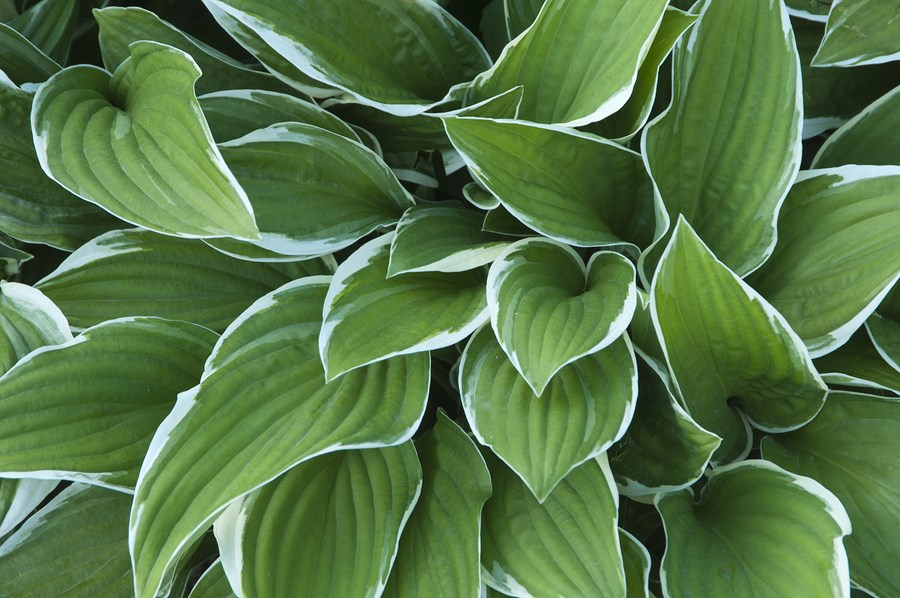Seed catalogues have started to arrive, many of them including perennial roots that can be ordered. Some of these perennials are also available locally when the garden centres open, with a wider selection available at garden centres in larger communities.
For the next few articles I will feature hardy, reliable, easy-care perennials.
This week’s perennial will grow in partial sun to full shade, does not require division for several years, comes in sizes from a few inches to four feet, has interesting foliage, and blooms in summer with some varieties having scented blooms. It is resistant to most garden pests and thrives with a minimum of care. This must-have perennial is the hosta.
Most hostas are native to Japan, with a few originating in China or Korea. Hundreds of cultivars have been developed from these hostas. Leaves can be smooth or textured, ovate, rounded, lance-shaped or heart- shaped. The foliage can be uniform in colour or in combinations and variegation of green, gold, yellow, white, grey-blue and blue. Growth habit varies from almost flat to rounded to vase-shaped. Flowers vary from white to bluish, lilac or violet, tube to bell-shaped. The flower spikes reach above the foliage with flowers along the length of each spike.
Although they can be grown in full shade, with the blue leaved varieties most shade tolerant, they do prefer some morning sun. Most varieties thrive with morning sun and afternoon shade, while some lighter coloured varieties can handle six or more hours of sunlight.
When planting your hosta make sure you allow enough space for the mature size stated on the tag. Plant in spring, early summer or fall. Add organic material to the soil, making sure there is good drainage. Hostas prefer a slightly acidic to neutral soil. Mulching the planting will help retain moisture and moderate soil temperature. Water regularly. Hostas grown under trees need more water because the tree roots take up much of the water. Fertilize in spring with an organic fertilizer.
After several years your hosta may have outgrown its space and will need to be divided. Carefully dig out the plant in spring when the leaf spikes emerge. Cut the clump with a sterile knife into desired number of sections. It is best for each division to have a minimum of two “eyes” or spikes.
Hostas are bothered mainly by slugs and snails. Hand picking at night when they are feeding is still the best control measure. If slugs are a major concern in your garden select thick-leaved hostas, which are more slug-resistant. As a last resort slug bait is effective if package directions are followed.
There is bound to be a hosta that is suitable for a spot in your garden.




